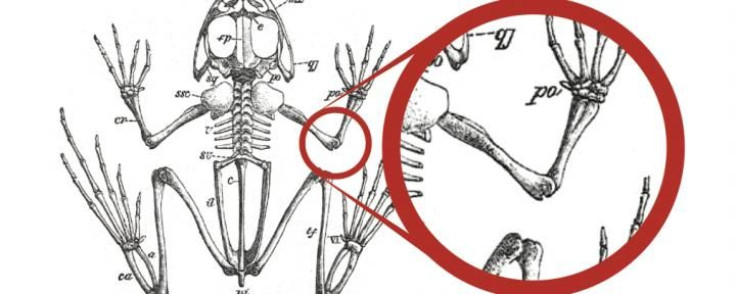Scientists to regrow new functional joints for amputated limbs

Animals, as well as humans not capable to naturally regrow lost limbs, could soon be able to regenerate fully functional joints for the lost body part. Japanese researchers have successfully allowed frogs in the lab to regenerate functional joints by activating a newly-found "reintegration" mechanism, which may soon be applied to humans.
Researchers from Kyoto University found the mechanism that has the potential to allow transplanted tissues to combine with original organs and limbs of patients who underwent surgical removal or amputation. The findings come from the idea of replicating the ability of some animals like the amphibian newts that can regenerate smaller but fully functioning limbs to replace detached body parts.
The team conducted tests in frogs which are considered to be the intermediate between animals like newts and mammals that cannot regrow limbs. Frogs have the ability to regenerate “spikes” or cartilage rods extending from the disfigured area. However, these cartilage lack joints and they can’t bend.
New joints need multiple tissues to be functional. These tissues are opposing skeletal elements that form interlocking structures and form muscles that insert into skeletal tissues through the tendons across joints.
Newts can reconnect these tissues. In the study, a frog with a detached limb has been able to regrow an elbow that resembles the original tissue due to an interaction between the remaining and the regenerated tissues. The tissue in the joint was found to be more similar in size to the original limb.
The process has been dubbed interaction mechanism "reintegration." The researchers are now aiming to conduct more tests to further understand the mechanism.
They believe that this reintegration mechanism could ultimately promote limb regeneration in mammals, particularly in humans. The team plans to conduct functional joint regeneration in mice using the mechanism.
"We expect that by applying this approach to other animals, we may also achieve functional joint regeneration in mammals including humans in the future," said study author Kiyokazu Agata, from Kyoto University.






